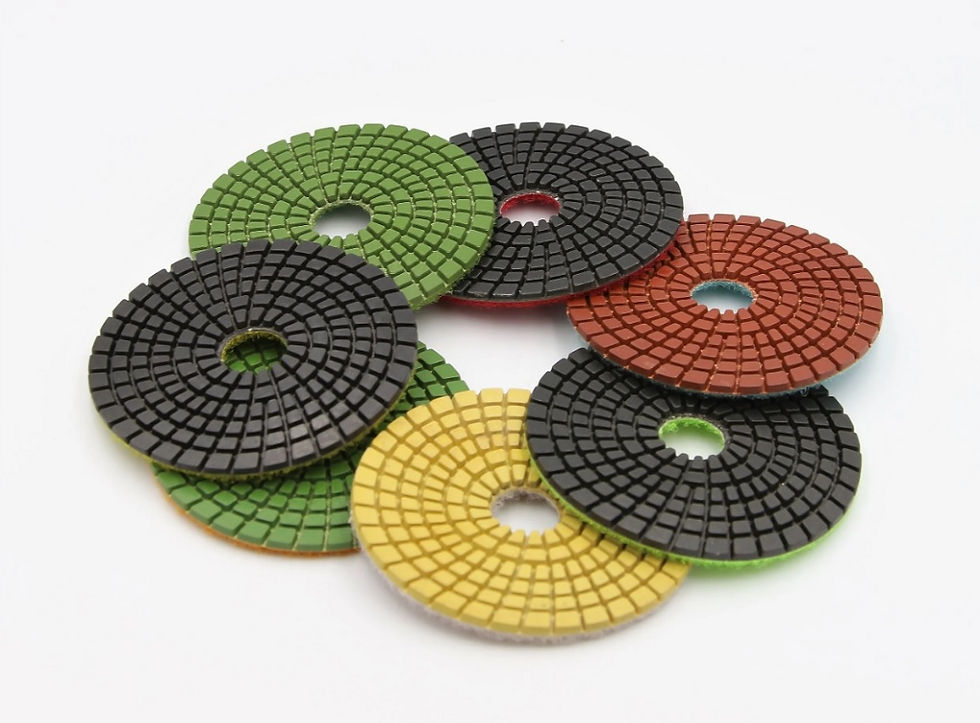Aircraft cable routing systems: An Aerial Exploration
- David Fenton
- Mar 5, 2024
- 3 min read
Updated: Oct 29
In the complex world of aviation, what many of us fail to realize is the intricate web of systems weaved together to ensure safe and efficient air travel. Among these, one of the most integral parts is the aircraft routing system. But what is an aircraft routing system exactly? How does it work, and how does it impact the overall aviation mechanics? More importantly, what are its advantages and potential pitfalls in its implementation?
In this comprehensive exploration, we dive into the dynamic world of Aircraft cable routing systems, unravelling its complexities and intricacies, and shedding light upon its key role in global transportation. Take this journey with us, from the birth of these fascinating systems to their contemporary adaptations, and how they're shaping the future of air travel.
Venture into the cavernous underbelly of aviation, where precise design, mathematical genius, and a touch of technological magic meld into the heart of the neighbourhood skies: the aircraft routing system.

Understanding the Fundamentals
Air routes, much like arteries circulating life-giving oxygen, pulsate with a constant stream of aircraft. This is where the Aircraft cable routing systems enter the picture. The term refers to the intricate coordination of air traffic, ensuring precise sequencing of takeoff and landing, flight paths, and timings to avoid mishaps. But how does it achieve this synchronization on such a colossal scale?
Take one dollop of technological prowess, a dash of risk management, and a pinch of regulatory standards, and you get the perfect recipe for an efficient aircraft routing system. From intuitive software to dedicated air traffic controllers, it’s a journey of masterful orchestration.
In this chaotic symphony of aircraft movement, each note is accounted for, and each beat is perfectly timed. That is the precision and finesse these systems offer.
The Process and Mechanics
The mechanics and process encompassing routing systems are not just about designating lanes in the sky. It delves into the meticulous balance of technological and human elements. But how does it work, and what does it involve?
Firstly, the process commences with flight planning, ensuring optimal paths considering fuel efficiency, weather conditions, and myriad factors. Following this, is the intricate dance of controlling aircraft during takeoff, in-flight maneuvering, and landing orchestrated by air traffic controllers in tandem with advanced systems.
From high-power computer systems to refined prediction algorithms, the mechanics ensure safe, efficient, and coordinated aircraft movement, making air travel safer than ever before.
The Remarkable Evolution
Remember the humble beginnings of the aircraft routing systems? From manual charting to advanced computer systems, the journey of these systems is nothing short of awe-inspiring. But how have they evolved?
This evolution highlights the prowess of human innovation, symbolizing a leap from rudimentary organization to state-of-the-art technology-infused command systems. Today, Aircraft cable routing systems are capable of precise predictions, complex calculations, and swift real-time responses, carving new heights in aviation's technological skyline.
Advantages and Disadvantages
The impressive world of Aircraft cable routing systems is not without its challenges and triumphs. But what are the pros and cons of these systems?
On the beneficial front, these systems significantly enhance flight safety, efficiency, and fuel conservation. Conversely, they are prone to complexities like technological vulnerabilities, human error risks, and the challenges of managing increasingly crowded skies. The balance of these highs and lows defines the ongoing narrative of Aircraft cable routing systems.
Future Perspectives
The futuristic landscape of Aircraft cable routing systems gleams with promise. From AI integration to advanced prediction algorithms, the horizon seems limitless. But what does the future hold?
As technology advancement continues at an unprecedented pace, the future appears set to rewrite aviation norms. With concepts like unmanned traffic management (UTM) surfacing as potential game-changers, the story of aircraft routing systems is far from over.

Conclusion: Navigating the Future
In our aerial exploration of Aircraft cable routing systems, we can see the system as a critical lifeline that keeps aviation’s heart beating. From understanding its fundamentals and mechanics to witnessing its remarkable evolution, it’s evident that the world of these routing systems is worth delving into.
Yes, challenges exist, like technological vulnerabilities and the perils of human error. But the promise of the future, with AI integration and advanced prediction algorithms, lies ahead, brighter than ever. The evolution and future prospects of aircraft cable routing systems are what makes them the catalysts, orchestrating a safer, efficient tomorrow, nestled in the sky.



















Comments